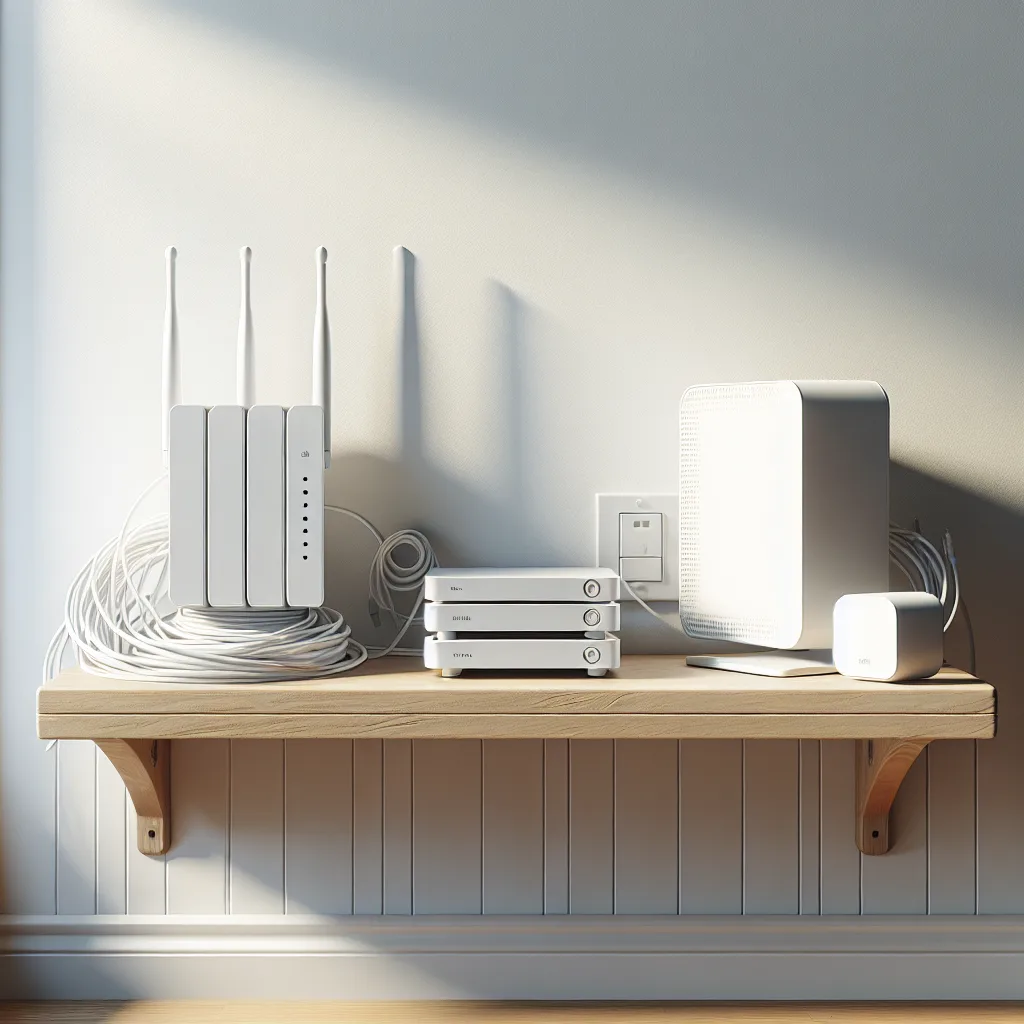Why I built a personal server and how my homelab setup changed everything.
Have you ever felt like your digital life is a mess? I know I have. Photos scattered across Google Photos and my phone, important documents living in Dropbox, and a dozen different streaming subscriptions. It felt disorganized and, honestly, a little out of my control. That’s what led me down the rabbit hole of creating my own homelab setup—and it’s been one of the most satisfying projects I’ve ever tackled.
It sounds intimidating, right? The word “homelab” or “home server” conjures up images of giant, noisy server racks blinking away in a basement. But it doesn’t have to be that way. For me, the goal was to create something small, silent, and clean enough to fit right into my living space.
A homelab is simply a personal server that you own and control, running right in your home. It’s your own private slice of the cloud, tailored exactly to your needs. Think of it as a central brain for your digital life.
So, What’s a Homelab Setup For?
You might be wondering what you’d actually do with a home server. The possibilities are surprisingly vast, but most people start with a few key things. Here are some of the most popular uses:
- Media Server: This is a big one. Using software like Plex or Jellyfin, you can organize all your movies, TV shows, and music into a beautiful, Netflix-style library that you can stream to any device, anywhere.
- Personal Cloud Storage: Instead of paying monthly fees for Dropbox or Google Drive, you can host your own with tools like Nextcloud. Your files are on your hardware, under your control. You decide how much storage you get.
- Network-Wide Ad Blocking: A simple application called Pi-hole can block ads across every single device on your home network—your phone, your smart TV, your laptop—without installing any software on them.
- Home Automation Hub: If you have smart lights, plugs, or sensors, a homelab can run Home Assistant, giving you one central place to control and automate everything, regardless of the brand.
My Approach to the Perfect Homelab Setup
When I started planning my setup, I had three main goals: it needed to be quiet, power-efficient, and look good. I wanted something that wouldn’t be an eyesore. After a bit of research, I landed on a simple but powerful combination of gear.
My setup is built around a few core components:
- The “Brain”: I use a small, compact computer as the main server. Something like an Intel NUC or a similar mini-PC is perfect. They are incredibly small, use very little electricity, and are completely silent. This little box is powerful enough to run multiple applications at once without breaking a sweat.
- The Storage: For file storage, I use a dedicated Network Attached Storage (NAS) device. Companies like Synology make fantastic, user-friendly devices that are basically small computers designed specifically for holding hard drives safely. It’s where my personal cloud and media files live.
- The Network: A reliable network is the backbone of any good homelab. I opted for gear from Ubiquiti’s UniFi line because it’s known for being powerful, reliable, and having a clean, minimalist aesthetic. Their hardware can be managed from a single, simple interface, which makes keeping an eye on things incredibly easy.
The best part is that all of this fits neatly on a single shelf. The cables are managed, the devices are all sleek and white, and it genuinely looks like it belongs in a modern home.
More Than Just Tech: The Satisfaction of a Homelab Setup
I can’t overstate the sense of satisfaction that comes from building and maintaining your own server. Yes, it’s about having your own private cloud and a slick media server. But it’s more than that.
It’s about ownership. In an age where we rent access to our data from large corporations, there’s something powerful about having a physical device in your home that holds your digital life. It’s yours. You control it. You can learn from it, tinker with it, and make it do exactly what you want.
This project taught me so much about how networks function, how software works, and how to manage a small system. It’s a hobby that pays you back with real, useful skills. And at the end of the day, stepping back and looking at a clean, organized, and perfectly functioning setup is a reward in itself.
If you’re feeling curious, don’t be intimidated. You don’t need to be a network engineer to get started. You could begin with something as small and simple as a Raspberry Pi to run an ad-blocker. That small first step might just be the start of a project that, like it did for me, completely organizes your digital world.
